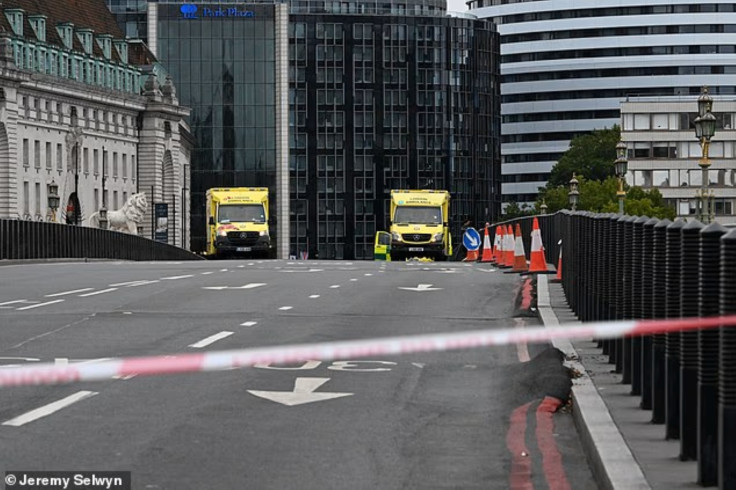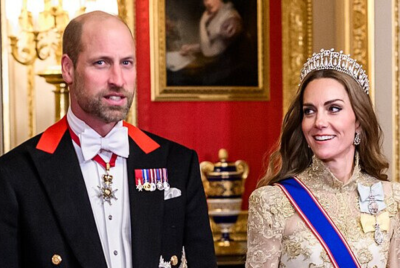Westminster Bridge Police Incident: 5 Key Facts About the Sudden London Shutdown During Rush Hour
A sudden police response brought traffic and commuters to a halt at one of London's busiest landmarks—here's what we know so far.

It was a scene few commuters expected to wake up to: Westminster Bridge, one of London's most iconic crossings, suddenly sealed off during the Monday morning rush.
Police cordons, ambulances parked across the lanes, and diverted buses left the capital abuzz with questions. So what really happened? Here are five key facts that explain the disruption.
1. Why Was the Bridge Closed?
According to the Metropolitan Police, the incident on Westminster Bridge was related to a mental health matter. Emergency services were called to the scene shortly before 2 a.m. on Monday.
Officers confirmed that no injuries were reported, and there is no wider threat to the public. A police spokesperson stressed that the closure was precautionary, allowing space for emergency teams to respond appropriately.
2. How Did the Shutdown Look on the Ground?
By early morning, dramatic images showed the bridge cordoned off in both directions between the A3211 Victoria Embankment and Lambeth Palace Road. 'Pictures from the bridge during the morning rush hour show at least two ambulances in the centre of the road, with police officers speaking to members of the public,' reported The Independent.
Traffic cameras revealed a near-empty bridge—a rare sight at one of the city's busiest points—while commuters scrambled to find alternative routes.
The AA confirmed that 12 bus routes were placed on diversion, though they noted that traffic was 'coping well'. The bridge closure added to an already challenging day for travellers.
In Essex, services from Colchester to London Liverpool Street faced delays of up to 90 minutes after a person was struck by a train near Hatfield Peverel station.
In London, technical faults compounded the chaos: a points failure at Whitechapel caused severe delays on the Circle, District and Hammersmith & City lines, while the Bakerloo line was partially suspended due to a signal failure at Harlesden.
4. What Do We Know From Emergency Services?
The London Ambulance Service confirmed it received a call at 1:57 a.m. 'We sent resources to the scene, including ambulance crews, incident response officers and paramedics from our hazardous area response team (HART). A small number of resources remain on standby and we are working with our emergency services partners,' a spokesperson said.
Their swift response, combined with the police cordon, ensured that the situation was managed without risk to the public.
5. When Will Things Return to Normal?
While police lifted parts of the cordon by midday, travel remained patchy, with bus diversions still in place into the afternoon. Commuters are advised to check live updates from Transport for London (TfL) and National Rail before travelling.
For most Londoners, it was a reminder of how quickly a single incident—whether medical, mechanical, or tragic—can ripple across the capital's intricate transport web.
In short: Westminster Bridge was not closed due to a terrorist threat or violent crime, but for a mental health-related emergency requiring police and ambulance response. While the disruption caused delays and diversions, officials reassured the public that the incident posed no wider danger.
© Copyright IBTimes 2025. All rights reserved.




















